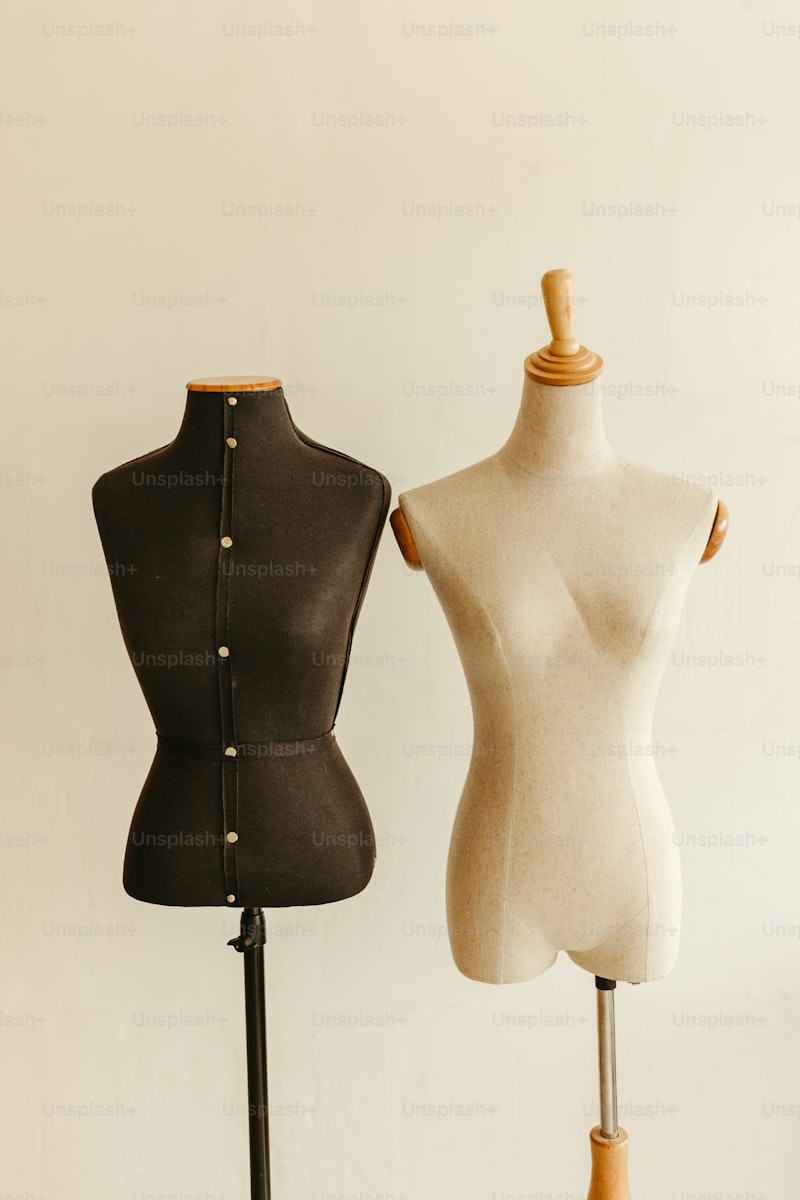The Fascinating Fashion History of A-Line Dresses
Exploring the Evolution of A-Line Dresses
A-line dresses have become a staple in women's fashion, characterized by their fitted bodice and flared skirt that resembles the letter "A". This design not only flatters a variety of body types but also offers versatility for different occasions. In this article, we will delve into the fashion history of A-line dresses, tracing their origins, evolution, and enduring popularity in modern wardrobes.
The Origins of A-Line Dresses
The A-line dress design first emerged in the 1950s, popularized by the iconic designer **Christian Dior** who introduced the "New Look" in 1947. His collection revitalized women's fashion after World War II, emphasizing femininity and elegance. The A-line silhouette became a symbol of liberation and style, as it offered women a more feminine alternative to wartime clothing styles.
Key Characteristics of A-Line Dresses
What sets A-line dresses apart from other styles? Below are several key features:
| Feature | Description |
| Silhouette | Fitted at the waist and flared towards the hem. |
| Versatility | Can be worn for formal events, casual outings, or everyday wear. |
| Flattering Fit | Suitable for various body shapes, enhancing natural curves. |
| Variety of Fabrics | Made from materials ranging from cotton to silk, offering different aesthetics. |
Iconic Moments in A-Line Dress History
The A-line dress has made its mark in culture, often seen in movies, music, and as an emblem of various eras. For instance, in the 1960s, it became a favorite among mod fashionistas and was famously worn by **Audrey Hepburn** in films like "Breakfast at Tiffany's." The vibrant patterns and bold colors of the A-line dress reflected the youthful spirit of the time.
The 1970s: A-Line Dresses and Feminism
The feminist movement in the 1970s brought about a shift in women’s fashion, favoring practicality and comfort. A-line dresses with longer lengths became popular, allowing women the freedom to move while still looking chic. This era celebrated the A-line silhouette, often adorned with psychedelic prints and bohemian aesthetics.
The 1980s and 1990s: A-Line Dresses Reimagined
As fashion continued to evolve, the A-line dress found new interpretations. In the 1980s, designers like **Vivienne Westwood** incorporated bold statements into A-line designs, using boxy silhouettes and unique patterns. The 1990s embraced minimalism, with A-line dresses being paired with simple accessories for a more understated look.
The A-Line Dress in Contemporary Fashion
Today, A-line dresses remain popular across a range of styles, from casual brunch outfits to sophisticated evening wear. Designers like **Michael Kors** and **Diane von Furstenberg** have reinvented the A-line, using modern fabrics and bold colors to appeal to the contemporary consumer.

Styling A-Line Dresses
One of the reasons A-line dresses are beloved by many is their adaptability. Here are some tips on how to style them for different occasions:
Casual Outings
For a laid-back look, pair an A-line dress with **sneakers** and a denim jacket. This combination is perfect for a day of shopping or a casual lunch with friends.
Office Wear
To create a professional appearance, choose a solid-colored A-line dress, and layer it with a fitted blazer. Accessorize with simple jewelry and a pair of heels for an elegant yet commanding look.
Evening Events
For a night out, opt for an A-line dress with a bold print or rich fabric like silk. Pair it with strappy sandals and statement earrings to complete your ensemble.
Conclusion: The Timeless Appeal of A-Line Dresses
In conclusion, the fashion history of A-line dresses is a testament to their versatility and enduring popularity. From their origins in the 1950s to their modern-day reincarnations, A-line dresses continue to be a favorite among women of all ages. When considering an A-line dress, remember to choose styles that complement your body shape and suit various occasions. Embrace the history and femininity of this delightful silhouette, and let it be a staple in your wardrobe.
Final Tips
- Experiment with patterns and colors that reflect your personal style.
- Don’t overlook accessories; they can transform an A-line dress from casual to chic.
- Always consider the fit and fabric; a well-fitted dress can enhance your confidence.
As you explore the captivating world of A-line dresses, keep in mind that the right choice can make a powerful fashion statement, embodying your personality while celebrating the rich history of this iconic design!